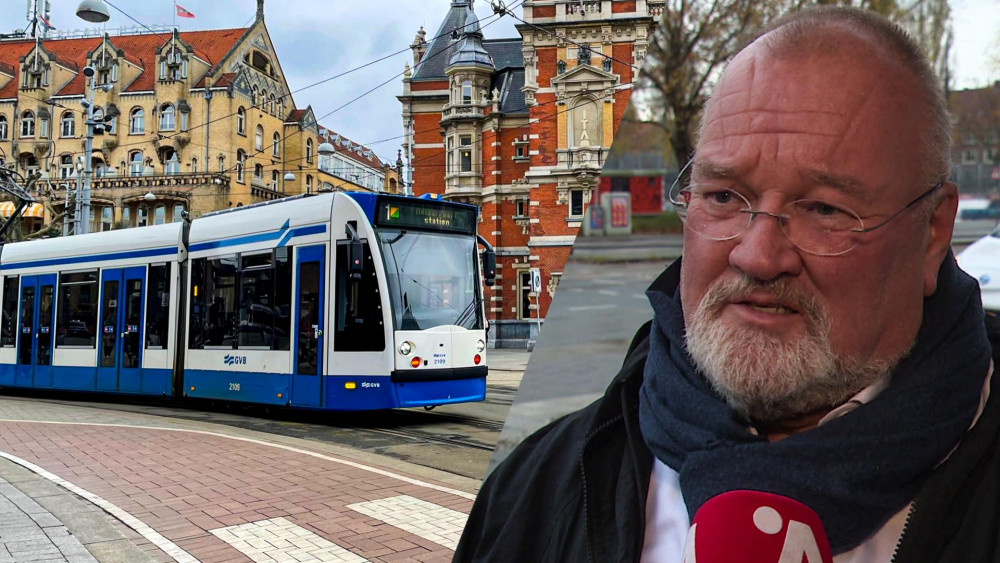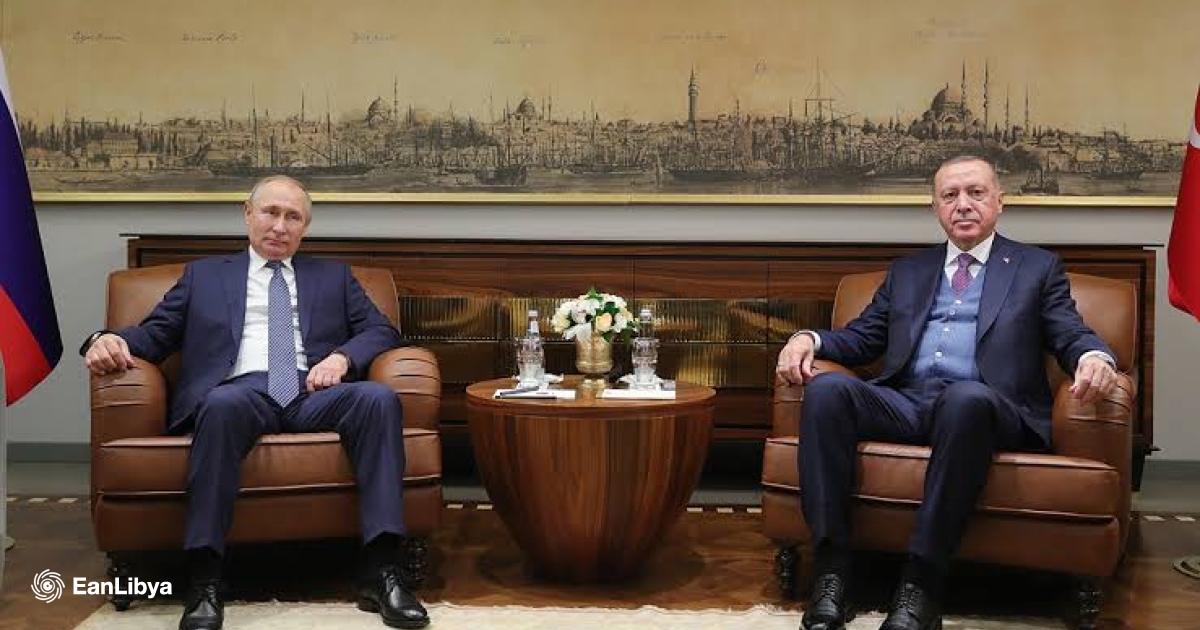In the new plans for public transport in the city, which came out yesterday, it emerged that a number of tram lines will be rerouted. For example, line 19 would disappear and lines 7 and 12 will soon run a different route. However, the concept plan also states that tram line 3 will disappear completely, while work is being done on the rails at the terminus of the line. Traffic expert Walther Ploos van Amstel understands little about the plans of the GVB.
Tram line 3 currently still commutes between Flevopark in East and Van Hallstraat in West, but the line originally ran to Zoutkeetsgracht in Zeeheldenbuurt. Due to the closure of Bullebak, the bridge between Marnixstraat and Haarlemmerplein, line 3 will temporarily run in the direction of Van Hallstraat. In May of this year, tram 3 must ‘just’ run the old familiar route again.
But if it is up to the new plans of the GVB, tram line 3 will no longer run through the city at all in 2024. ‘The route of tram line 3 will be taken over by other lines and a small part will no longer be used’, as can be read in the concept plan. Line 6 runs from Roelof Hartplein to Flevopark and line 12 takes over the route from Roelof Hartplein to De Clercqstraat. There would no longer be a tram running between De Clercqstraat and the Zoutkeetsgracht terminus. The GVB then mentions buses as an alternative.
Year-long work
Ploos van Amstel, who is a lecturer at the HvA studying city logistics, says the choice not to use the stops from De Clercqstraat to the terminus is surprising. “I have submitted a council address about the work for tram line 3. I wondered whether the stop on Zoutkeetsgracht is really necessary, but a few travelers take the line that far. The final stop was necessary, I was told.”
“For the tram stop, work is being done on the rails in Planciusstraat and at Zoutskeetplein, and they are also building a new stop on Zoutskeetgracht,” explains Ploos van Amstel. In addition, the work on the Bullebak, which has been going on for over a year, also includes new rails. “De Bullebak had to be renewed, but it has been specially equipped with extra heavy equipment for the trams. These are costs for which you have to invest millions of euros and have caused extra nuisance for the neighbourhood. If there were no more trams in the future, that would never have been necessary. .”
No consistency
Ploos van Amstel is shocked by the complete concept plan of the GVB, in which buses and metros are also nicely tackled in addition to the tram lines. “I do not understand that if you want to be car-free, public transport will be reduced so far. This does not even concern only the people of Amsterdam, but also everyone who comes here to work or as a tourist. I cannot understand it.”
According to the lector, there is no coherence in the plans that have been discussed by the municipality recently. “We are talking about cutting roads in the city to prevent traffic and to give public transport more space and then there is talk of reducing speed on the road. If I add those plans with the concept plan, I understand it just isn’t.”
“What kind of mobility does Amsterdam want in the future?”
Ploos van Amstel cites metropolises such as London and Paris as examples where good efforts are being made to discourage traffic and mobility by means of public transport and walking is actually encouraged. “What kind of mobility does Amsterdam want in the future?”
Another problem that cannot be avoided, according to Ploos van Amstel, is that travelers will not make the journey or will opt for a different means of transport because of the extra transfers. “People have to wait extra for stops in the scorching sun or pouring rain. In addition, they sometimes also have to walk a bit for the transfer later. Three-quarters of the stops in public transport are not suitable for everyone. Adding a corner is really disastrous for the journey.”
The lecturer wonders exactly what problem Amsterdam wants to solve. “I don’t understand how these plans exactly relate to the ambitions of the municipality.”
1.5 percent remember
Alderman Melanie van der Horst (Traffic and Transport) indicated yesterday that the new scheme will result in 1.5 percent less public transport running through the city. “A lot of public transport is still running normally,” said the alderman. According to Van der Horst, the measures to cut the roads and become a car-free city are ‘very good’ for public transport in the new form. “They are intended to improve the flow of public transport.” Whether the alderman wants to wait for results before making a decision, she has a clear answer. “If you don’t have money, you have to make choices.”
The GVB has to cut costs because only 80 percent of travelers have returned after the corona pandemic, which means that the proceeds from ticket sales have fallen. In addition, there are cost increases due to inflation, in terms of materials, wages and the necessary energy. Finally, the GVB has to deal with a tight labor market and high absenteeism. In recent years, the carrier has received support from the government, but that support will end from next year.
The GVB said that the transport plan is still a draft. “In the proposals we make, we take into account that most travelers experience as little inconvenience as possible. Duplications have been removed from the transport network, so that the traveler can have an extra transfer.”
To view this content, you must accept cookies.
💬 Whatsapp ons!
Do you have tips? Or made an interesting photo or video? Send us your news 0651190938!


